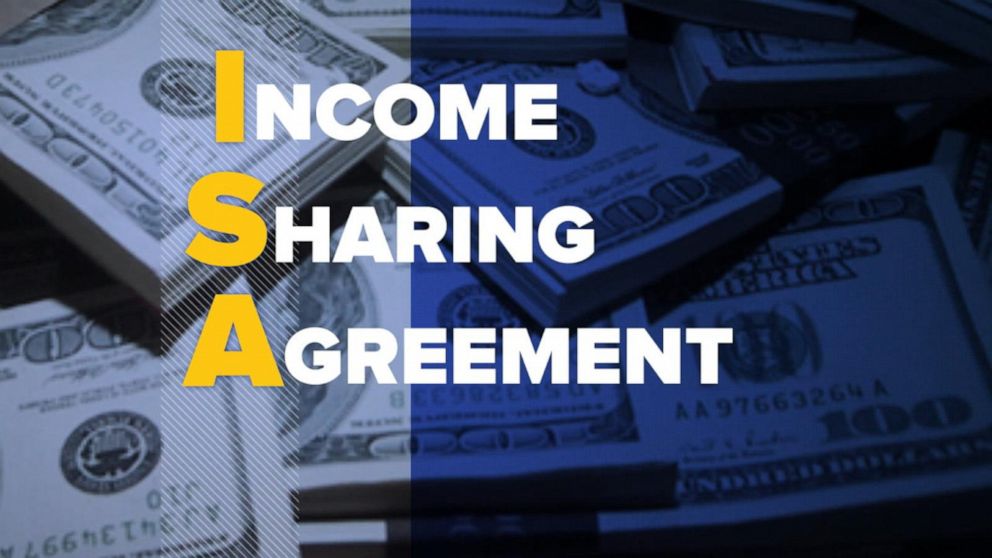What to know about ISA, a new way to pay for college with investors' money
A payment post-graduation is calculated based on the degree, job and income.
How to navigate adult life like a boss, from turning your job into a career, investing your hard-earned money, building relationships and more. Because adulting is not easy.
There's a new way for college students to invest in their future to potentially alleviate the burden of student loans, with the help of investors.
An income-sharing agreement, also known as an ISA, is a financing option typically funded by investors interest-free where after graduation, eligible students will pay a percentage of their earnings for a fixed period of time.
Once a student graduates with an ISA, they make a monthly payment calculated by what they studied and the amount of money they earn. The less they make after graduation, the less they are required to pay. If a graduate does not work, they don't pay anything.

Financial expert and best-selling author Nicole Lapin explained the idea to "GMA" and broke down the pros and cons.
1. What are the pros of paying for school this way instead of a traditional loan?
"The upside is you know exactly when you're going to be done with this student loan repayment," Lapin said. "We have so much stress and anxiety and this lessens that. You know in ten years I'm done with this portion."
- It can guarantee that some school-related debts are paid in 10 years
- Takes away debt-related stress of not being able to afford a student loan payment
- Possible job placement assistance or career counseling
2. What are the cons?
"The down side is that you are betting against yourself," Lapin said. "You're saying, 'I'm going to be underemployed or unemployed. I'm not going to be able to make these student loan repayments.' Traditional student loan payments are actually lower than if you give a portion of your salary," she added.
- Cap in payments
- Cap in payback period
3. What should you consider if you’re thinking about an ISA?
How one Purdue University grad used an ISA
Charlotte Herbert, 23, borrowed $27,000 through an income-sharing agreement to pay for her senior year at Purdue University.
Herbert, who now works as a technical writer, said she sent paystubs to prove her income and a monthly payment total was calculated. Her current payment, 10% of her income each month for the next eight years, could be recalculated accordingly as her job or pay changes.
"It is constantly scaled to whatever you're bringing in, which is a pretty big reassurance when you're looking at a huge college bill," Herbert explained.
Purdue University started this program in 2016.
"It shifts the risk from the student to the investor," Mitch Daniels, Purdue University President, told ABC News. "So if things go very poorly, it's the investor who is on the hook and not the student. Exactly the reverse of what happens in a debt or loan situation."
Although taking out an ISA won't preclude a student from also taking out a federal loan, some financial experts have warned they be cautious.
"At the end of the day these students are still forking over part of their salary for a set amount of time," Rachel Cruze said. "I always caution [students] again go to a school that you can afford."







